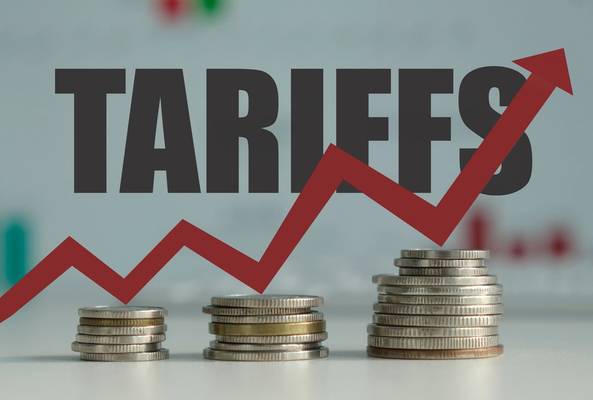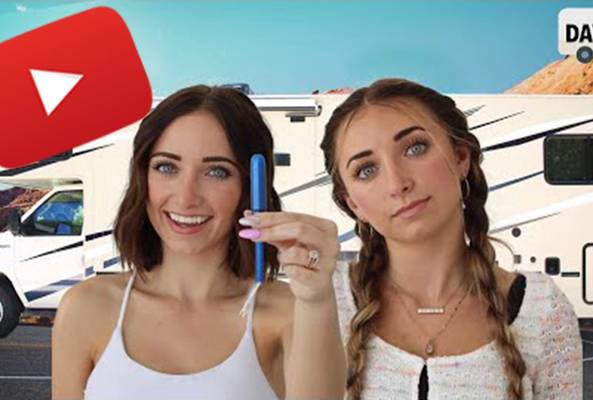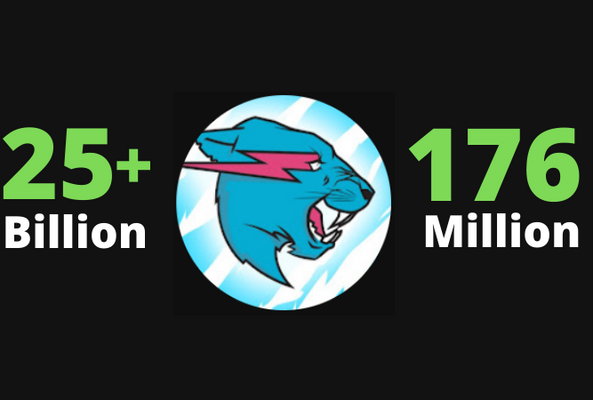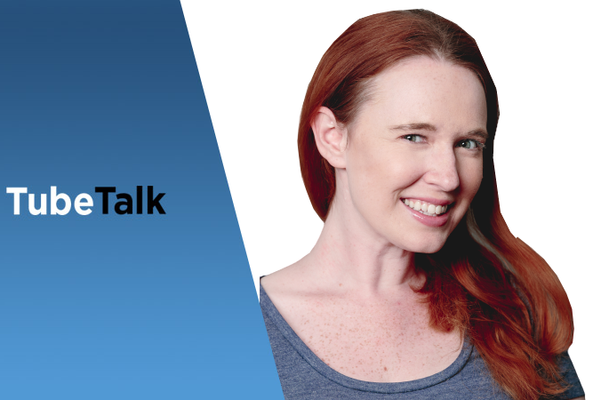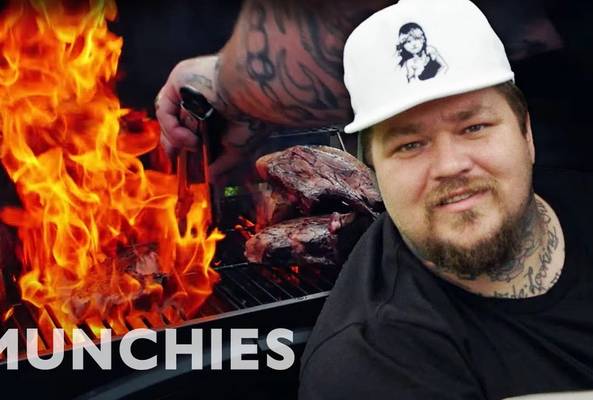Darryl is a writer with years of experience in online video software, combining technical expertise with a passion for educating audiences. When not writing, he’s tending to his farm surrounded by horses, chickens, dogs, and somehow cramming more plants into his garden than it could ever reasonably hold.
Beyond AdSense: Using Brand Promotion as Your YouTube Monetization Strategy
Are you a small YouTube creator who thinks you need thousands of subscribers before earning real money? Think again.
The myth that AdSense is the primary path to YouTube revenue keeps many creators from achieving financial success much earlier in their journey. The truth is, there are numerous ways to monetize your channel regardless of your size. Some of these methods can be even more profitable than traditional advertising.
In this comprehensive guide, we'll explore how creators with just a few hundred subscribers can generate income through strategic partnerships, brand deals, and value-based pitching. Drawing from expert insights shared by Justin Moore, a creator who has generated over $5 million through brand sponsorships, this guide will help you create a profitable YouTube monetization strategy.
Stop Guessing. Start Growing.
Join 20M+ creators using vidIQ to get more views, subscribers, and success on YouTube.
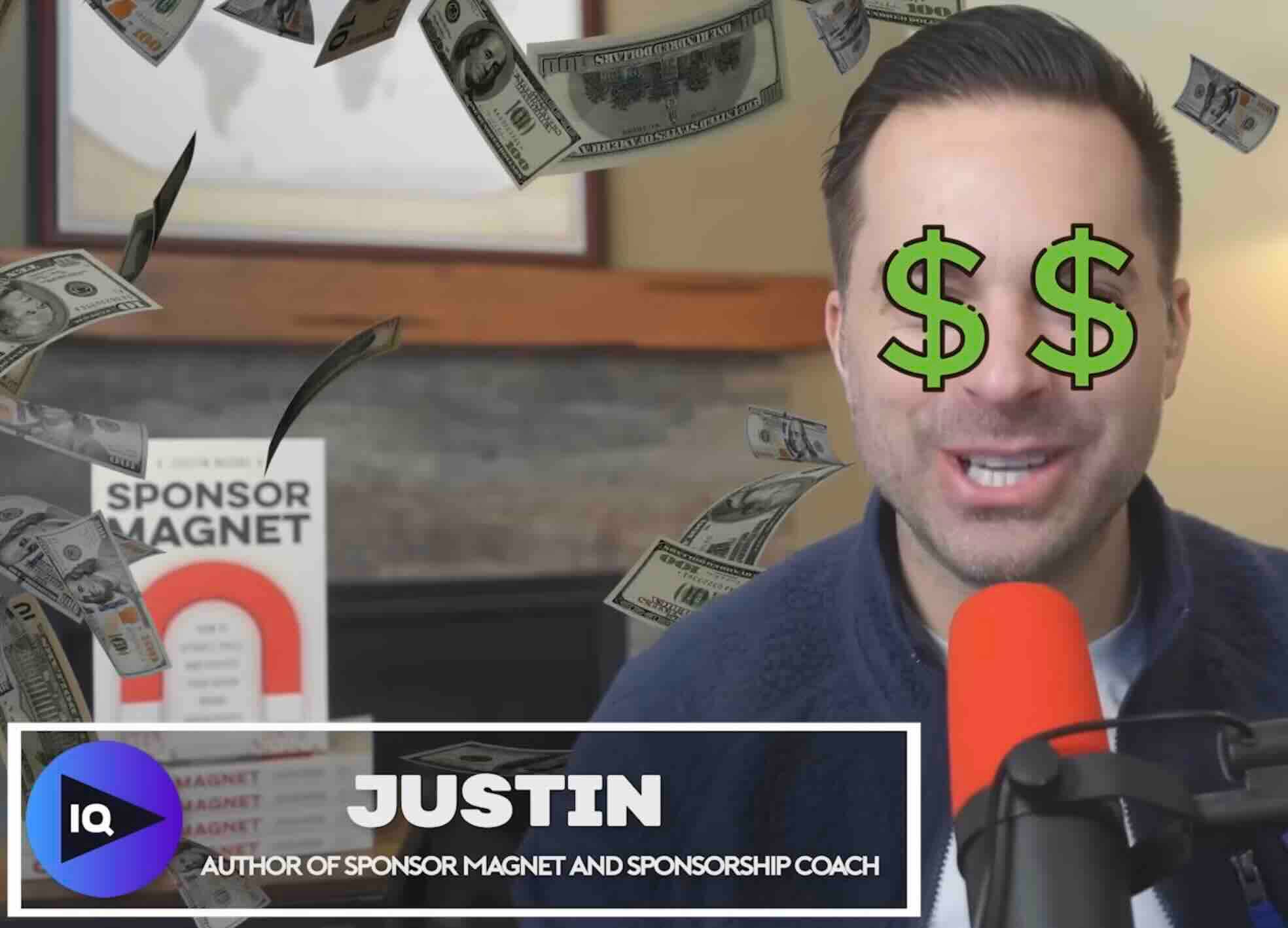
Is AdSense the Only Way to Make Money on YouTube?
Many creators make the critical mistake of putting all their monetization hopes in the YouTube Partner Program. They focus on reaching the 1,000 subscribers and 4,000 watch hour thresholds, only to be disappointed by the minimal earnings once they finally qualify for AdSense.
The reality is that AdSense typically generates just $1-5 per 1,000 views for most niches, meaning you'd need hundreds of thousands of monthly views to earn a substantial income. This reality check has left countless creators disheartened, believing they're simply "too small" to make money on YouTube.
But here's where the conventional wisdom gets it wrong: Subscriber count and view metrics aren't the only indicators of a YouTube channel’s monetization potential.
The Value of Niche Audiences on YouTube
One of the most powerful revelations from Justin Moore's experience is that highly targeted, small audiences can be incredibly valuable to the right brands. Consider this example Justin shares:
"One of my coaching clients, Dr. Alex, talks about digital pathology—a very hyper-niche topic. She's not getting tens of thousands or hundreds of thousands of views. She's getting hundreds or thousands of views. But who's in her audience? Physicians, lab techs, people at biopharmaceutical companies with $20 million marketing budgets who need to reach exactly these specialized professionals."
For these brands, reaching 500 of the right viewers can be more valuable than reaching 50,000 random viewers. Our host, Travis McPherson, reinforces this point:
"I was coaching a creator who focused on UK real estate taxes—a very specific niche. He was getting maybe 100 views per video. After working together, we increased his views to 300-500 per video, and he told me he couldn't handle any more views because his business had expanded exponentially from those targeted viewers."
The key takeaway is clear: When you serve a specific audience with specialized needs, even a small viewership can translate to significant monetization opportunities.
Getting Started with YouTube Brand Sponsorships (Even as a Small Creator)
Identify Your Audience's Needs (Not Just Your Own)
Many creators make the mistake of pitching brands they personally like, rather than researching what their audience needs. As Justin explains:
"This is another big mistake that creators make—they sit alone in their room and think, 'Who would want to work with me?' They think, 'Well, it's the brands that I authentically love and use.' Which is a flawed assumption because you're assuming that your audience will also like those things."
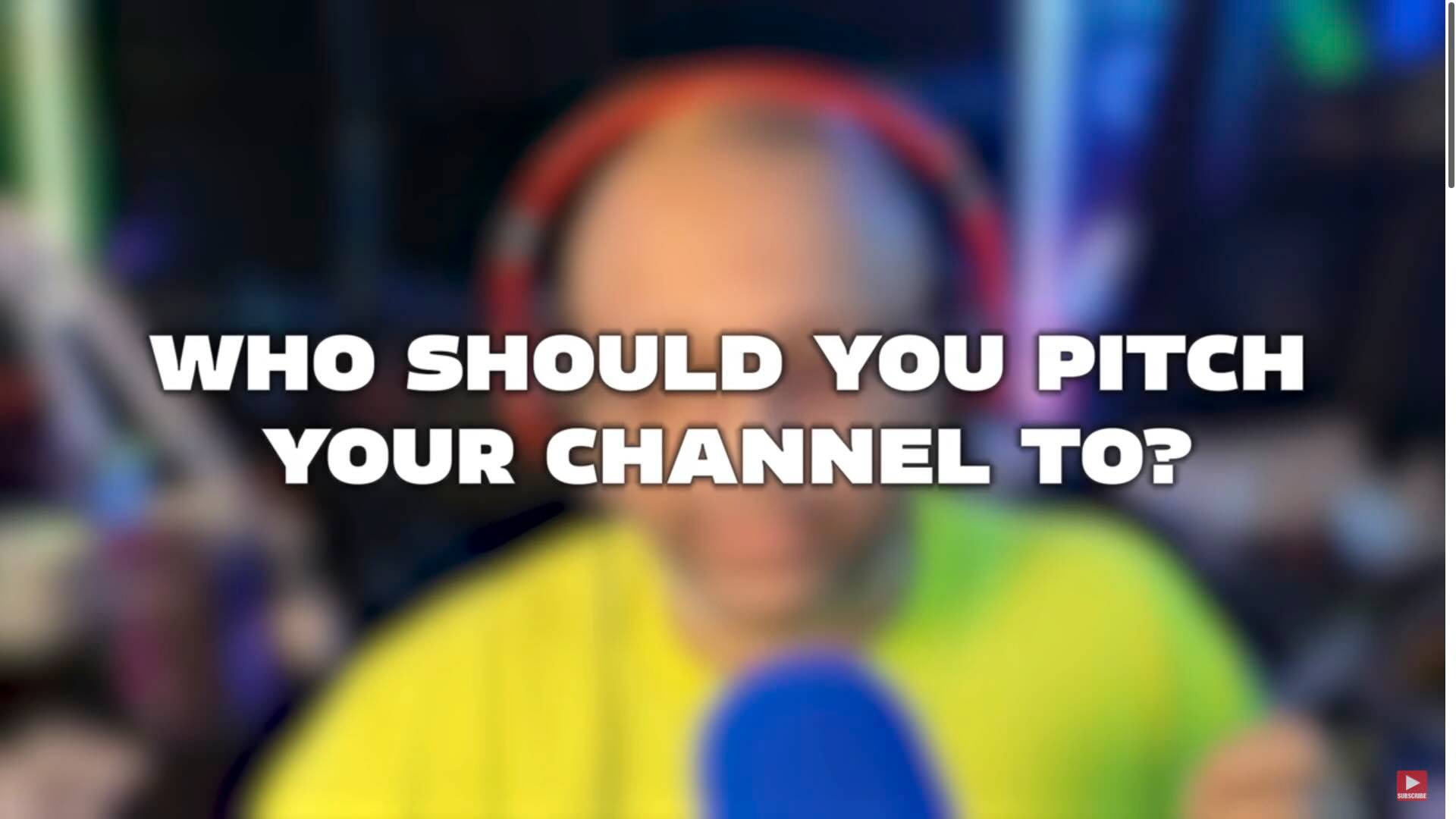
Instead of guessing what partnerships might work, collect actual data from your audience:
Conduct Audience Research
Use YouTube's Community tab or other platforms to survey your viewers about:
- Their demographic information (age, location, profession)
- Problems they're trying to solve
- Products and services they currently use
- Goals they're working toward
This data becomes your secret weapon in crafting compelling pitches to brands. For example:
"Let's say that a science channel did a series of polls on their YouTube Community tab over a couple of weeks, and they realize, 'Wow, I didn't understand that 30% of my audience is aspiring astronomers.' They actually want to go to school. Now they could pitch the top astronomy schools to do a partnership."
This approach transforms your pitch from "I have X subscribers" to "I have access to your exact target customer."
The Sponsorship Continuum: Match Your Pitch to Your Size
Justin Moore introduces a crucial concept called the "sponsorship continuum," understanding that your approach should match your current audience size.
Beginning Creators (Under 1,000 Subscribers)
Instead of asking brands to sponsor your channel content, position yourself as a YouTube content creator for their platforms:
"If you have a couple hundred subscribers and you're getting 100 average views per video, if you reach out to a brand and say, 'Hey, let me talk about you on my YouTube channel,' they're going to take one look at your channel and say, 'Not really going to move the needle.' However, if you look at this differently... 'Hey, look, I love your brand. I think you could be telling your brand story in a more compelling way. I would love to create content for you on autopilot—I'll make 5-10 videos a month, post them on your YouTube channel, embed them on your blog, use them for paid advertising. By the way, go take a look at my YouTube channel because that's my portfolio.'"
This approach detaches your rates from your subscriber count, as you're providing direct content creation services rather than audience access.
As your channel grows, you can begin offering a mix of content creation and audience promotion, gradually shifting the focus toward your growing viewership.
Once you have a substantial audience, your pitch can center primarily on the value of accessing your engaged viewers through sponsorships within your content.
The ROPE Method for Effective Brand Pitches
When reaching out to potential partners, Justin suggests using the ROPE method to structure your brand promotion pitch:
Relevant
Your pitch must be relevant to campaigns the brand is either currently running or has run in the past. Research their marketing calendar and use this research to craft compelling subject lines showing you understand their marketing cycles.
Organic
Demonstrate that your audience already has an affinity for the brand by referencing organic content you've published that aligns with their products or services.
Proof
Show how you've helped others achieve results, whether through past brand partnerships or your content's impact on your audience.
Easy to Execute
Make it clear how straightforward the process will be when they say yes—outline the next steps and requirements to minimize friction.
Common Brand Pitching Mistakes to Avoid
Making It All About You
The biggest pitching mistake YouTube creators make is focusing solely on their own metrics. According to Justin Moore:
"Here's what not to do: make it about yourself. This is what every creator does—they reach out, 'Hi, my name is Justin, I have X thousand subscribers, I'm getting this many views on average, I'd love to figure out a way to collaborate.' The brand receives this email and thinks: (1) they don't know who you are; there's lots of people on YouTube with subscribers, (2) they don't know how to collaborate with you—you're saying, 'Let's figure out a way,' and they're thinking, 'More work for me.'"
Your pitch needs to focus on how you can serve the brand. Here is a better pitch: “I love your brand, and I think you can be telling your brand story in a more compelling way. I’m looking to create some videos for you on autopilot. I’ll make 5-10 videos a month, post them on your YouTube channel, embed them on your blog, and use them for paid advertising. Take a look at my YouTube channel because that is my portfolio”.
Overcoming the Fear of Rejection
Many creators pitch once, get rejected, and never try again. Remember that rejection is part of the process—and often has nothing to do with your content quality.
No one wants to be rejected, but the key is to change your mindset. Instead of feeling like a small creator, see yourself as a consultant who can provide value to brands. This shift in perspective can empower you to reach out more confidently.
Additionally, it’s essential to understand that your pitch should evolve as you grow. If you have just a few hundred subscribers, focus on creating content for brands and offering to help them tell compelling stories. As you gain experience and visibility, you can transition to pitching more directly to your audience.
Beyond Sponsorships: Additional YouTube Monetization Strategies
While brand partnerships can be lucrative, diversifying your revenue streams is essential for sustainable creator income:
1. Offering Services Based on Your Expertise
Use your YouTube channel as a portfolio to secure consulting, coaching, or implementation services related to your content area.
2. Creating Digital Products
Develop courses, templates, or guides that solve specific problems for your audience.
3. Affiliate Marketing
Strategically recommend products and services that align with your audience's needs, earning commissions on resulting sales.
4. Building Community Membership Programs
Offer exclusive content, direct access, or additional resources through platforms like Patreon or channel memberships.

Why Brands Need Creators (More Than You Might Think)
A critical insight many small YouTube creators miss is that brands—even large ones—often struggle with creating effective content for platforms like YouTube:
"So many creators think that brands have everything figured out. They've got the marketing staff, they're hiring agencies... What value could I possibly provide? I've been in these meetings—these brands have massive six-figure budgets and they're asking, 'What should we do?' You have to shift your mindset away from feeling as though you're just a creator. You're not just a creator; you can also serve as a consultant to these brands."
This knowledge gap creates a golden opportunity for creators who understand content creation—allowing you to position yourself as both a YouTube creator and a YouTube consultant. This not only diversifies your income but also enhances your reputation as an expert in your niche. Many brands are willing to invest in quality content, and your experience as a creator can guide them in making the right decisions.
Creating Your YouTube Brand Promotion Strategy
If you're ready to move beyond AdSense and unlock more profitable monetization strategies, here's your step-by-step action plan:
- Conduct audience research through community polls, comments analysis, and direct questions
- Identify 5-10 brands that would benefit from reaching your specific audience
- Research their marketing calendars by reviewing their social media history
- Craft personalized pitches using the ROPE method
- Start with service-based offers if your audience is still growing
- Document your results to use as proof in future pitches
- Gradually increase your rates as you demonstrate value
It’s Time to Grow Your Brand as a YouTube Creator
The myth that you need a massive audience to monetize your YouTube channel has prevented countless creators from achieving financial success. By shifting your focus from AdSense to strategic partnerships based on audience value, you can begin generating income regardless of your current subscriber count.
Remember Justin Moore's journey—from accepting free products to generating millions through brand partnerships. The key was understanding that value isn't measured solely in subscriber counts or view metrics, but in the specificity and engagement of your audience.
By applying the strategies outlined in this guide, you can transform your YouTube channel from a hobbyist pursuit into a profitable business, even if you're just getting started. The path to full-time creator income doesn't require millions of views—it requires strategic thinking, audience understanding, and confident positioning of your unique value.
After you create a Brand Promotion Strategy, learn how to be prepared to accept a deal by creating an Influencer Media Kit.
FAQs
Can small YouTube channels really earn money from brand sponsorships?
Absolutely! Small channels can earn money through sponsorships by pitching relevant brands that align with their audience. Focus on niche brands that are looking for specific audiences rather than large companies that typically target broader demographics.
What should creators include in their brand sponsorship pitch?
Your pitch should include relevant insights about your audience, evidence of past successes, and how you can help the brand achieve its marketing goals. Use the R.O.P.E. method to structure your pitch effectively.
How can YouTube Creators build a relationship with brands?
Building a relationship with brands involves regular communication, delivering results, and being responsive to their needs. Show them the value you bring and be proactive in suggesting new ideas for collaboration.
What if a brand says no to the pitch?
Rejection is part of the process. Use it as a learning opportunity to refine your pitch and approach other brands.
Is it possible to monetize my YouTube channel without ads or sponsorships?
Yes! Explore affiliate marketing, merchandise sales, and other income streams to diversify your revenue. The key is to diversify your income sources and continuously engage with your audience.
20k+ 5 Star Reviews
Ready to put this into action?
Use vidIQ to find your next video idea, pick better keywords, and optimize every upload.

